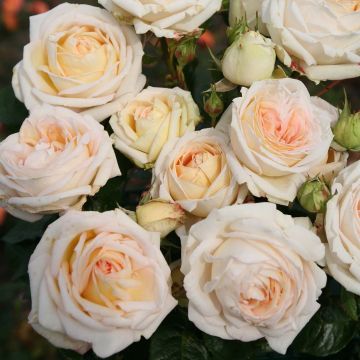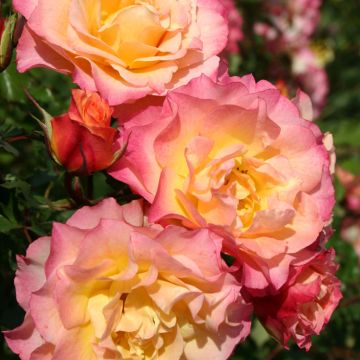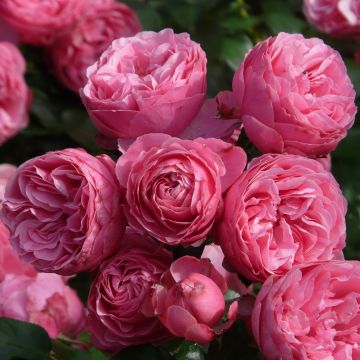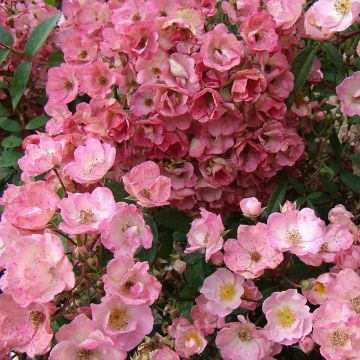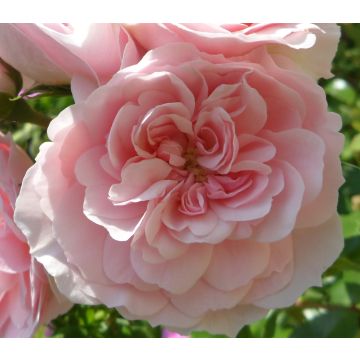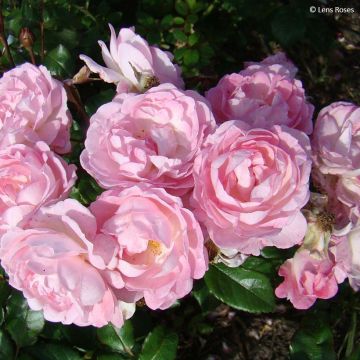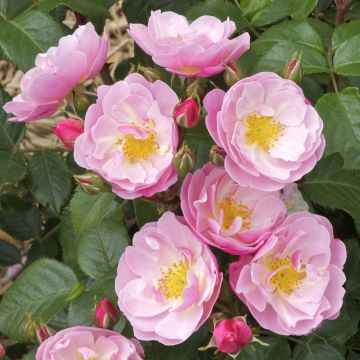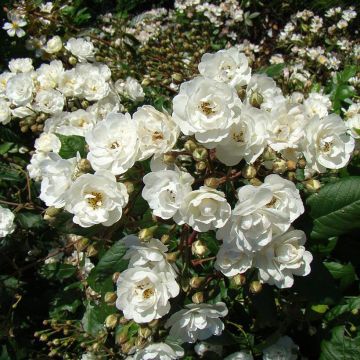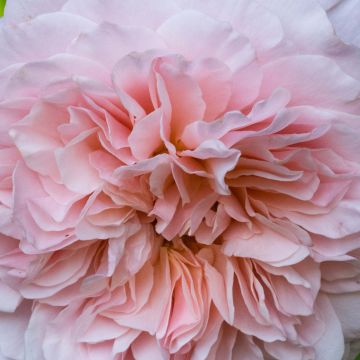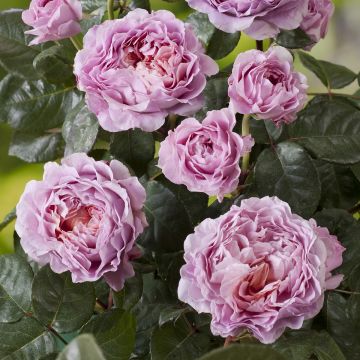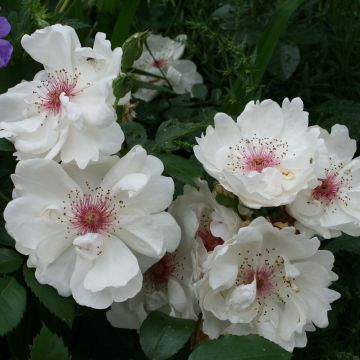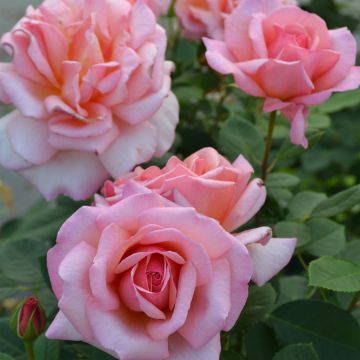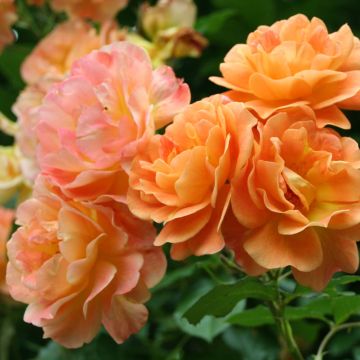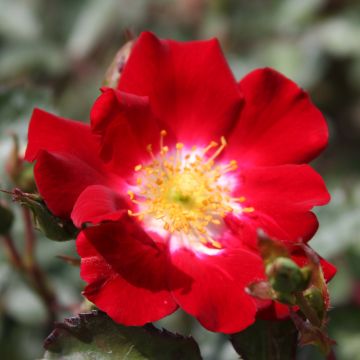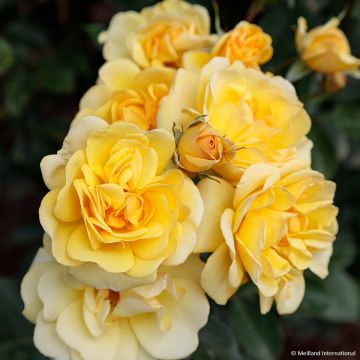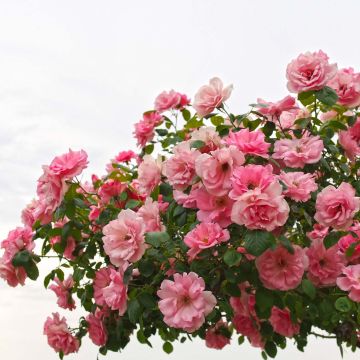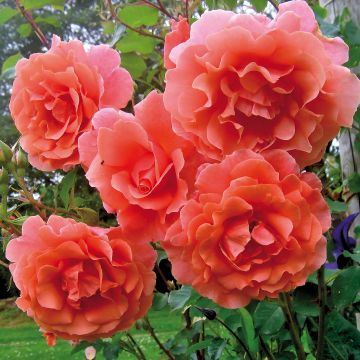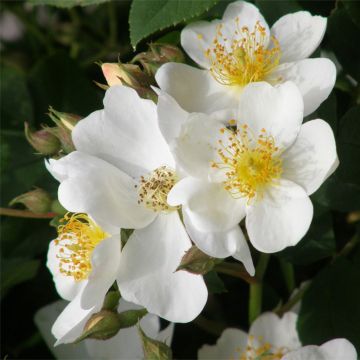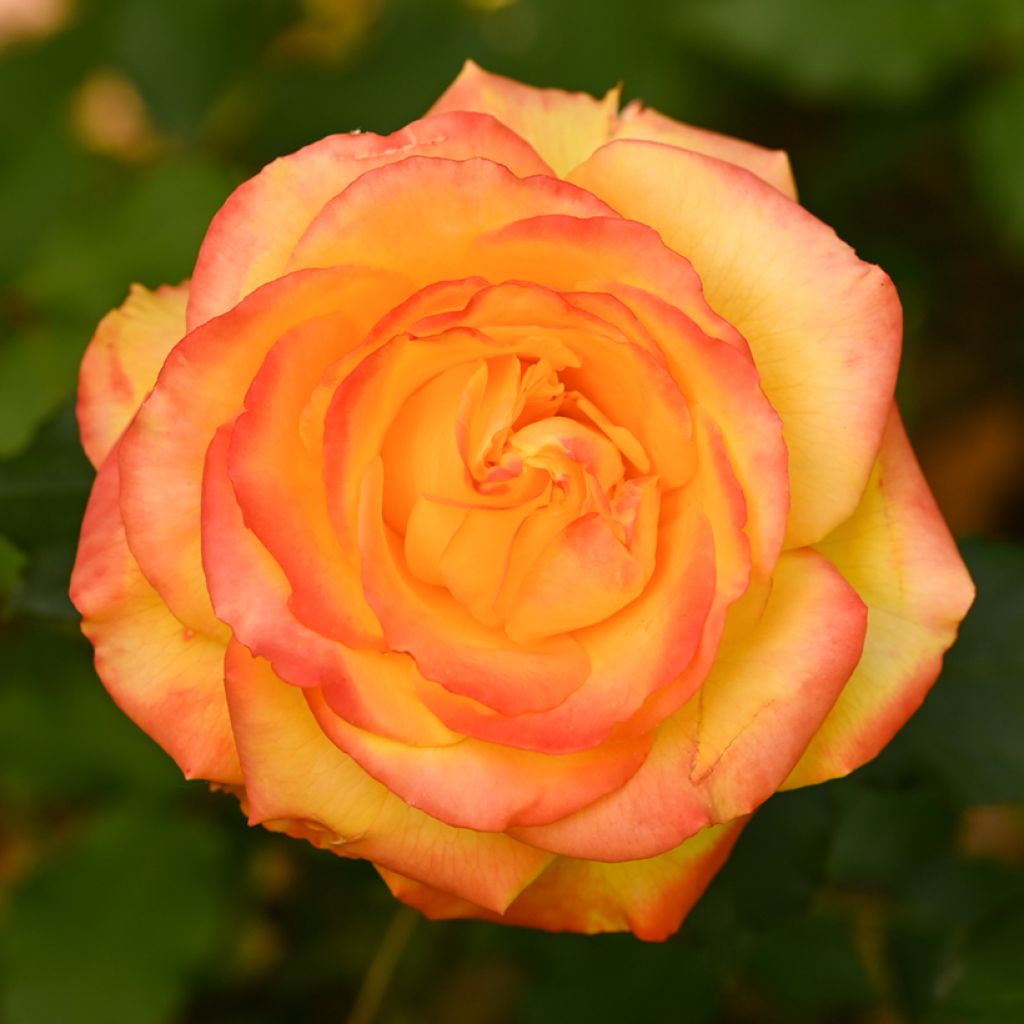

Rosier à grandes fleurs Girandola (bargira)
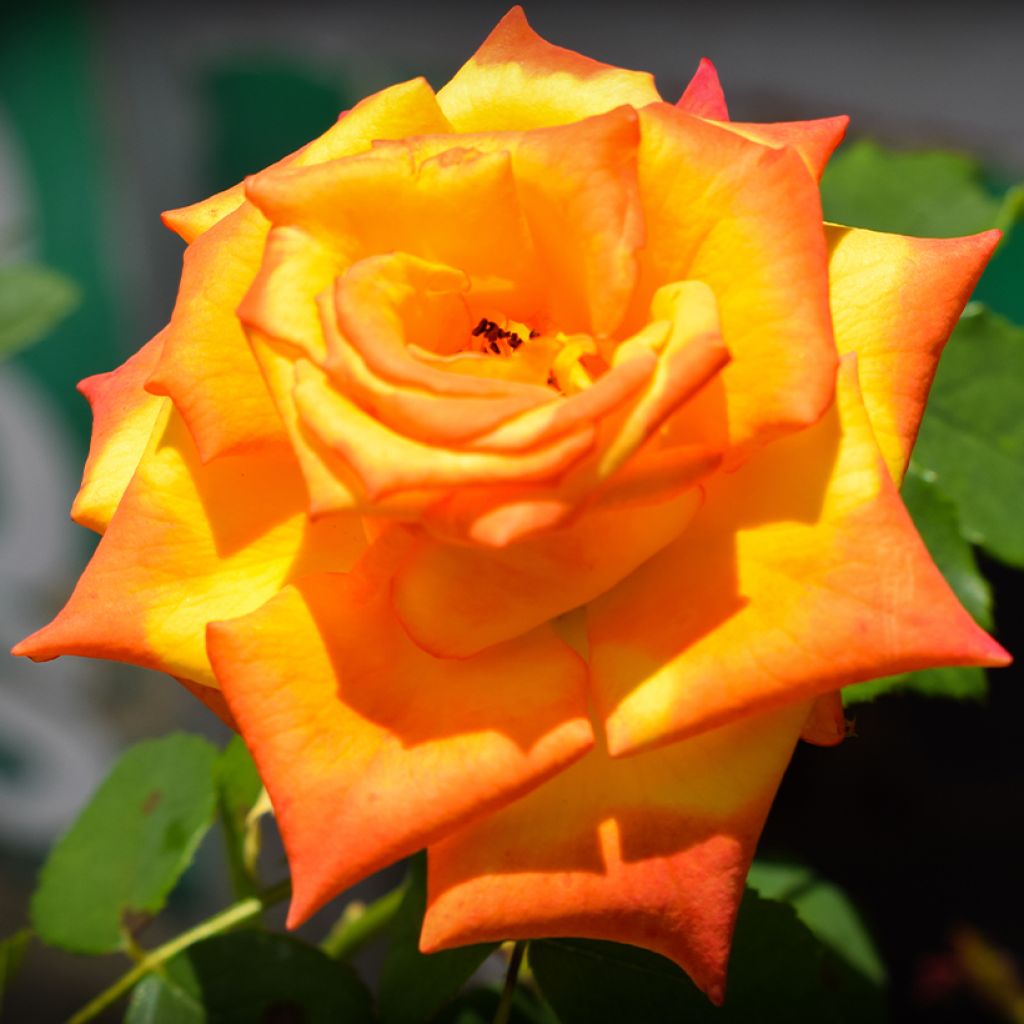

Rosier à grandes fleurs Girandola (bargira)
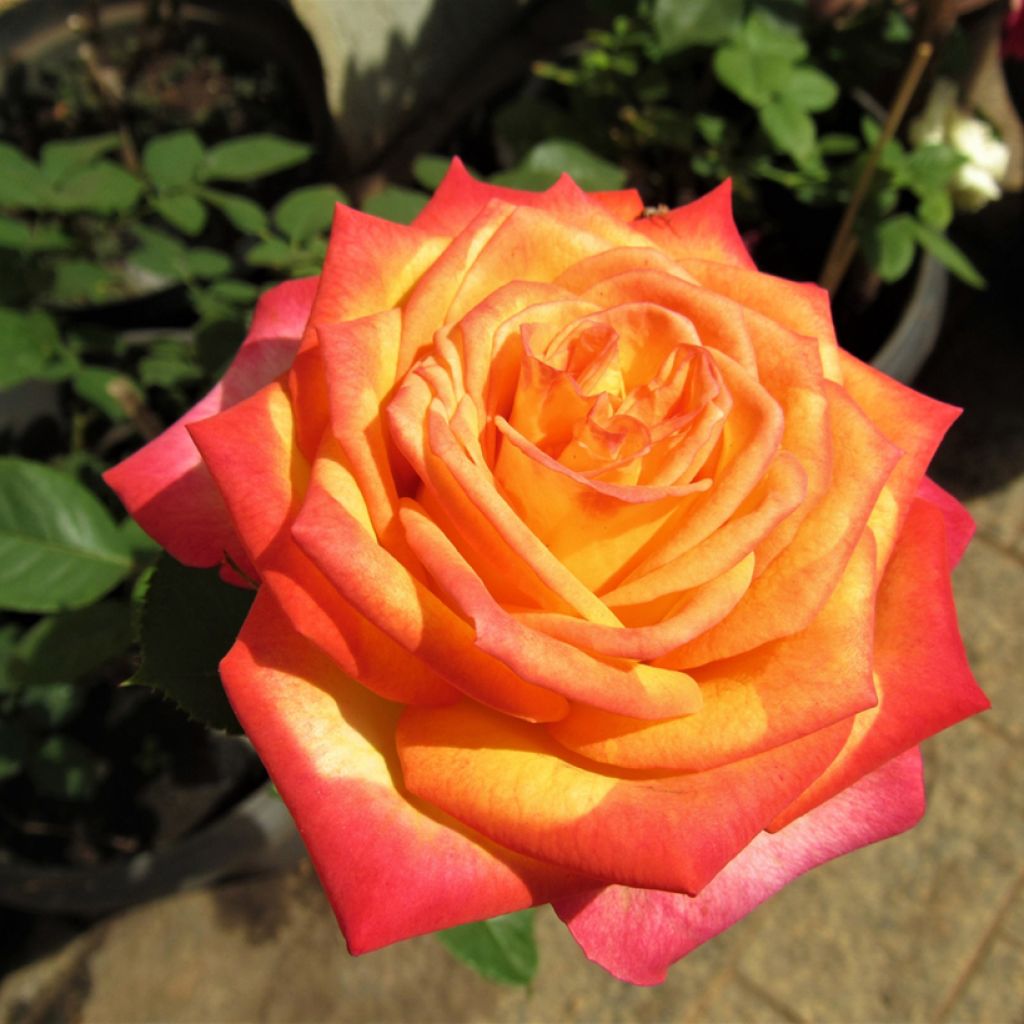

Rosier à grandes fleurs Girandola (bargira)
Rosa Girandola
Rosa Girandola 'Bargira'
Hybrid Tea Rose
This item cannot be shipped to the selected country
Delivery charge from €5.90
Delivery charge from €5.90
Delivery to Corse prohibited
More information
Schedule delivery date,
and select date in basket
This plant carries a 24 months recovery warranty
More information
We guarantee the quality of our plants for a full growing cycle, and will replace at our expense any plant that fails to recover under normal climatic and planting conditions.
From €5.90 for pickup delivery and €6.90 for home delivery
Express home delivery from €8.90.
From €5.90 for pickup delivery and €6.90 for home delivery
Express home delivery from €8.90.
Delivery to Corse prohibited: UE law prohibits the import of this plant from mainland France to Corse as part of the fight against Xylella fastidiosa. Please accept our sincere apologies.
More information
Does this plant fit my garden?
Set up your Plantfit profile →
Description
The Girandola Rose is a beautifully coloured rose created by Barni for bouquet lovers. It is a vigorous bush with healthy foliage, producing large double turbinate flowers, changing in shades of orange and pink. Its long and sturdy stems are almost devoid of thorns, and it blooms throughout the summer in successive waves.
The Girandola 'Bargira' Rose is a variety with strong growth, forming in a few years a well-erected bush, with slightly thorny stems, reaching 90cm (35in) in height and 60cm (24in) in width, adorned with very healthy, shiny dark green foliage. Its flowering is renewed from June to October. Its 9cm (4in) wide roses are double, solitary, carried by long thick stems. The well-closed buds, orange in colour, open into turbinate roses. The petals show an orange colour at first, gradually turning into dark pink from the edge of the petals, with the pink spreading to the heart of the corolla and becoming pastel. Their scent is light. The deciduous foliage falls in autumn.
The bush roses with large flowers allow for beautiful beds, planted in groups or mixed in small shrub beds. Combine them with Weigelas and dwarf Abelias, Caryopteris, and peonies for example. They are good companions for phlox and tall Gypsophila. The modest size and resistance of Girandola makes it an interesting variety for all gardens, even small ones and for cultivation in large pots. Its use is versatile, according to the desires of each gardener: in a monochrome rose bed or in the company of white varieties, red or purple ones. It pairs well with light and easy-to-grow plants such as perennial geraniums (Geranium 'Blue Cloud', 'Anne Folkard', 'Nimbus', 'Orion'), bellflowers (lactiflora, rapunculoides), catmints, cornflowers, foxgloves, phlox... Its flowers can be used to create elegant bouquets that will enhance the home.
Report an error about the product description
Rosa Girandola in pictures
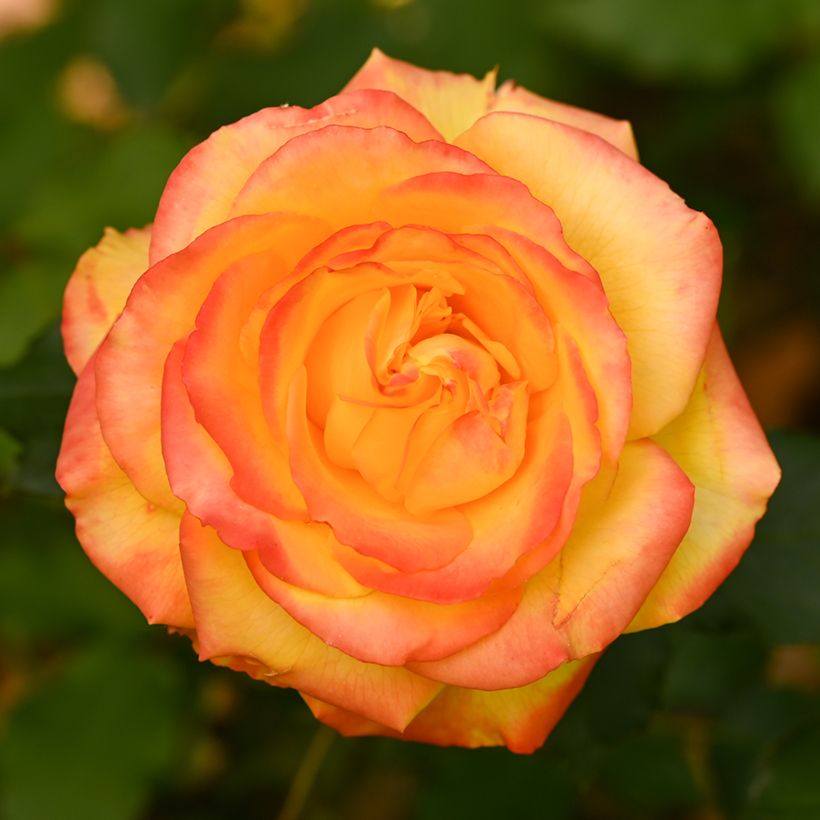

Plant habit
Flowering
Foliage
Botanical data
Rosa
Girandola 'Bargira'
Rosaceae
Hybrid Tea Rose
Cultivar or hybrid
Other Polyantha clustered Roses
Planting and care
Plant the Girandola rose from November to March, in ordinary, well-prepared and well-drained soil. Roses prefer clayey soils rather than light ones. In soils that are too sandy, too compact or too dry in summer, it is preferable to incorporate compost, decomposed manure or compost at the bottom of the planting hole. However, this rose fears waterlogged soils in winter. Place it in a sunny location, preferably in partial shade. Roses are hungry plants, so a specific fertilizer application will be beneficial at the start of growth, and regularly throughout the flowering period. To encourage reblooming, regularly remove faded flowers. Prune the stems in late winter. Always prune above an outward-facing bud, so that the bush can fill out and the branches do not become tangled in the centre of the branches.
Planting period
Intended location
Care
-
, onOrder confirmed
Reply from on Promesse de fleurs
Roses by purpose
Haven't found what you were looking for?
Hardiness is the lowest winter temperature a plant can endure without suffering serious damage or even dying. However, hardiness is affected by location (a sheltered area, such as a patio), protection (winter cover) and soil type (hardiness is improved by well-drained soil).

Photo Sharing Terms & Conditions
In order to encourage gardeners to interact and share their experiences, Promesse de fleurs offers various media enabling content to be uploaded onto its Site - in particular via the ‘Photo sharing’ module.
The User agrees to refrain from:
- Posting any content that is illegal, prejudicial, insulting, racist, inciteful to hatred, revisionist, contrary to public decency, that infringes on privacy or on the privacy rights of third parties, in particular the publicity rights of persons and goods, intellectual property rights, or the right to privacy.
- Submitting content on behalf of a third party;
- Impersonate the identity of a third party and/or publish any personal information about a third party;
In general, the User undertakes to refrain from any unethical behaviour.
All Content (in particular text, comments, files, images, photos, videos, creative works, etc.), which may be subject to property or intellectual property rights, image or other private rights, shall remain the property of the User, subject to the limited rights granted by the terms of the licence granted by Promesse de fleurs as stated below. Users are at liberty to publish or not to publish such Content on the Site, notably via the ‘Photo Sharing’ facility, and accept that this Content shall be made public and freely accessible, notably on the Internet.
Users further acknowledge, undertake to have ,and guarantee that they hold all necessary rights and permissions to publish such material on the Site, in particular with regard to the legislation in force pertaining to any privacy, property, intellectual property, image, or contractual rights, or rights of any other nature. By publishing such Content on the Site, Users acknowledge accepting full liability as publishers of the Content within the meaning of the law, and grant Promesse de fleurs, free of charge, an inclusive, worldwide licence for the said Content for the entire duration of its publication, including all reproduction, representation, up/downloading, displaying, performing, transmission, and storage rights.
Users also grant permission for their name to be linked to the Content and accept that this link may not always be made available.
By engaging in posting material, Users consent to their Content becoming automatically accessible on the Internet, in particular on other sites and/or blogs and/or web pages of the Promesse de fleurs site, including in particular social pages and the Promesse de fleurs catalogue.
Users may secure the removal of entrusted content free of charge by issuing a simple request via our contact form.
The flowering period indicated on our website applies to countries and regions located in USDA zone 8 (France, the United Kingdom, Ireland, the Netherlands, etc.)
It will vary according to where you live:
- In zones 9 to 10 (Italy, Spain, Greece, etc.), flowering will occur about 2 to 4 weeks earlier.
- In zones 6 to 7 (Germany, Poland, Slovenia, and lower mountainous regions), flowering will be delayed by 2 to 3 weeks.
- In zone 5 (Central Europe, Scandinavia), blooming will be delayed by 3 to 5 weeks.
In temperate climates, pruning of spring-flowering shrubs (forsythia, spireas, etc.) should be done just after flowering.
Pruning of summer-flowering shrubs (Indian Lilac, Perovskia, etc.) can be done in winter or spring.
In cold regions as well as with frost-sensitive plants, avoid pruning too early when severe frosts may still occur.
The planting period indicated on our website applies to countries and regions located in USDA zone 8 (France, United Kingdom, Ireland, Netherlands).
It will vary according to where you live:
- In Mediterranean zones (Marseille, Madrid, Milan, etc.), autumn and winter are the best planting periods.
- In continental zones (Strasbourg, Munich, Vienna, etc.), delay planting by 2 to 3 weeks in spring and bring it forward by 2 to 4 weeks in autumn.
- In mountainous regions (the Alps, Pyrenees, Carpathians, etc.), it is best to plant in late spring (May-June) or late summer (August-September).
The harvesting period indicated on our website applies to countries and regions in USDA zone 8 (France, England, Ireland, the Netherlands).
In colder areas (Scandinavia, Poland, Austria...) fruit and vegetable harvests are likely to be delayed by 3-4 weeks.
In warmer areas (Italy, Spain, Greece, etc.), harvesting will probably take place earlier, depending on weather conditions.
The sowing periods indicated on our website apply to countries and regions within USDA Zone 8 (France, UK, Ireland, Netherlands).
In colder areas (Scandinavia, Poland, Austria...), delay any outdoor sowing by 3-4 weeks, or sow under glass.
In warmer climes (Italy, Spain, Greece, etc.), bring outdoor sowing forward by a few weeks.

































